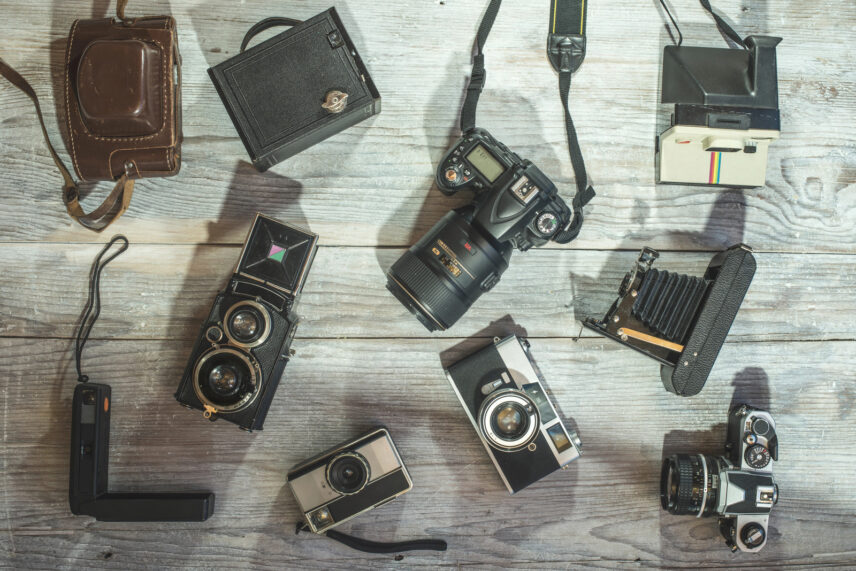
Skip to Section
Let’s explore the fascinating different types of cameras through different eras, highlighting key advancements and their impact on photography.
Today, capturing moments has become an integral part of our lives. From birthdays to breathtakingly landscapes, cameras allow us to immortalize memories. The technology behind these devices has come a long way since their inception.
The Timeline of Cameras
Cameras have undergone numerous transformations over the years, starting from the early days of simple pinhole cameras to today’s advanced digital ones. Let’s take a journey through time and explore the evolution of compact cameras.
Pinhole Camera (5th century BC)
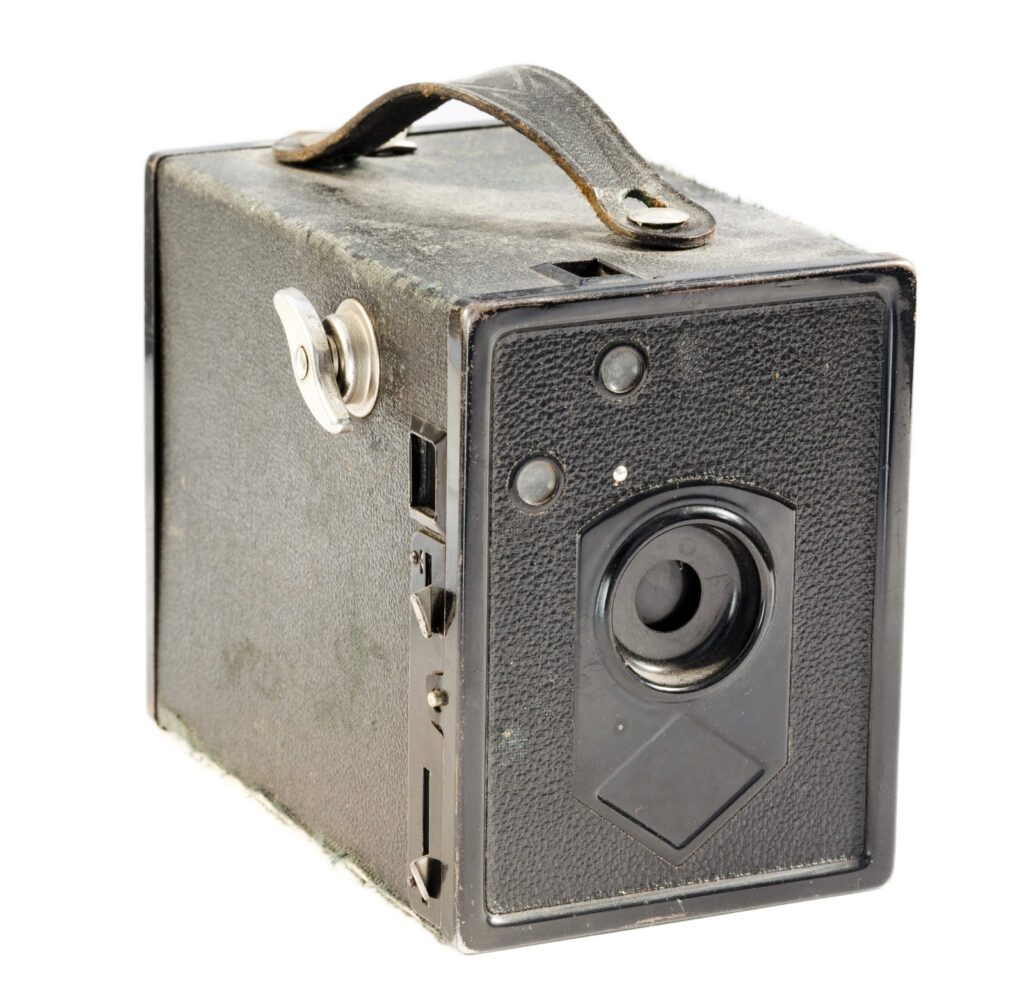
Believed to have been invented by Chinese philosopher Mozi, this ancient camera consisted of a small hole in a darkened room or box that projected an inverted image onto a surface. Though rudimentary, this was the first ever recorded instance of an image being captured with light.
Daguerreotype Camera (1839)
Named after inventor Louis-Jacques-Mandé Daguerre, this type of camera popularized photography as it allowed images to be captured on a silver-coated copper plate. It was the first commercially successful photographic process.
Kodak Camera (1888)
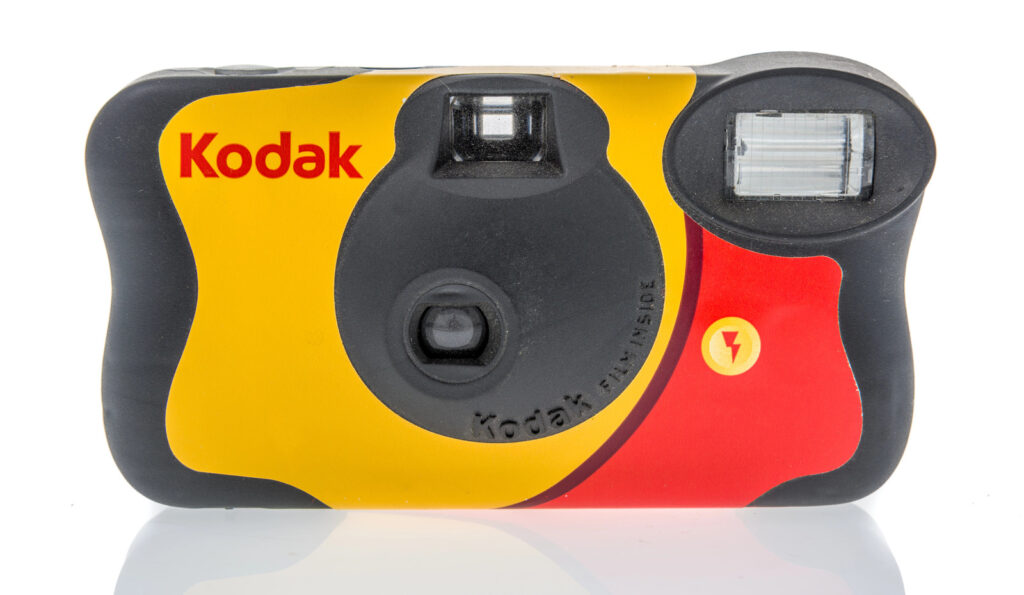
Invented by George Eastman, the kodak camera revolutionized photography by introducing the concept of roll film. This made it easier for people to capture and develop their own photographs without having to rely on professionals.
Compact Cameras (1900s)
As photography became more mainstream, compact cameras were introduced for the masses. These cameras were small, portable and easy to use, making it possible for anyone to capture memories on film.
SLR Camera (1948)
The single-lens reflex camera allowed photographers to see exactly what they were capturing through the lens, giving them more control over their images. This advancement paved the way for professional photography.
Polaroid Camera (1948)
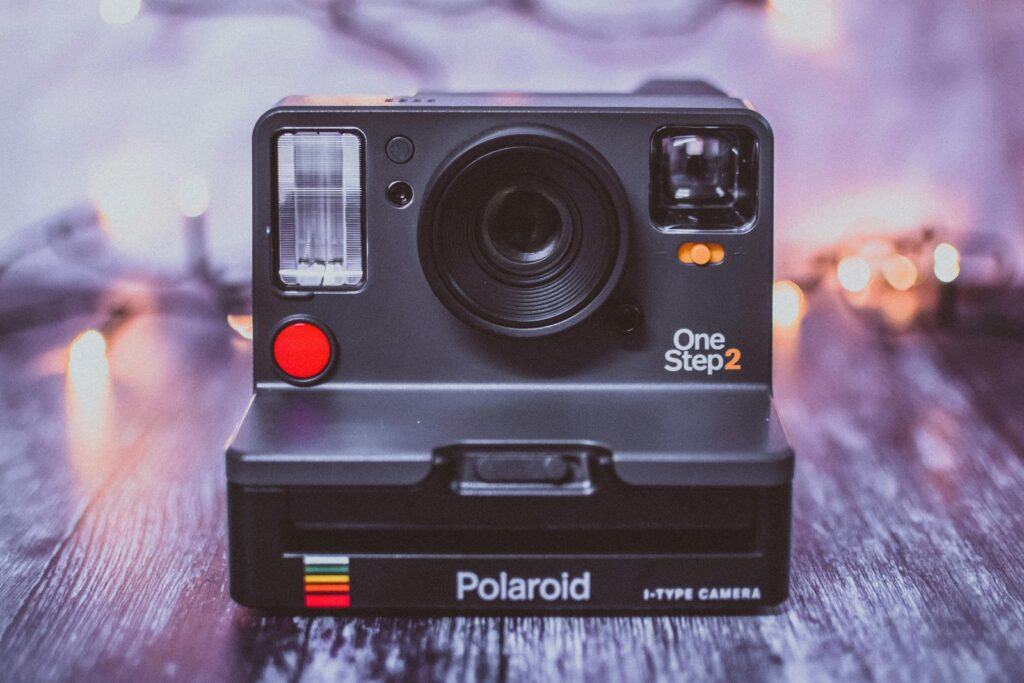
Instant gratification reached new heights with the introduction of the Polaroid camera. Developed by Edwin H. Land, this camera produced prints within minutes, eliminating the need for developing and printing in a darkroom.
Digital Camera (1975)
The digital age arrived with Steven Sasson’s invention of the first digital camera. Though it lacked the quality of film, this invention paved the way for modern digital compact cameras and the ability to capture, store, and share photos instantly.
The Rise of DSLR Cameras
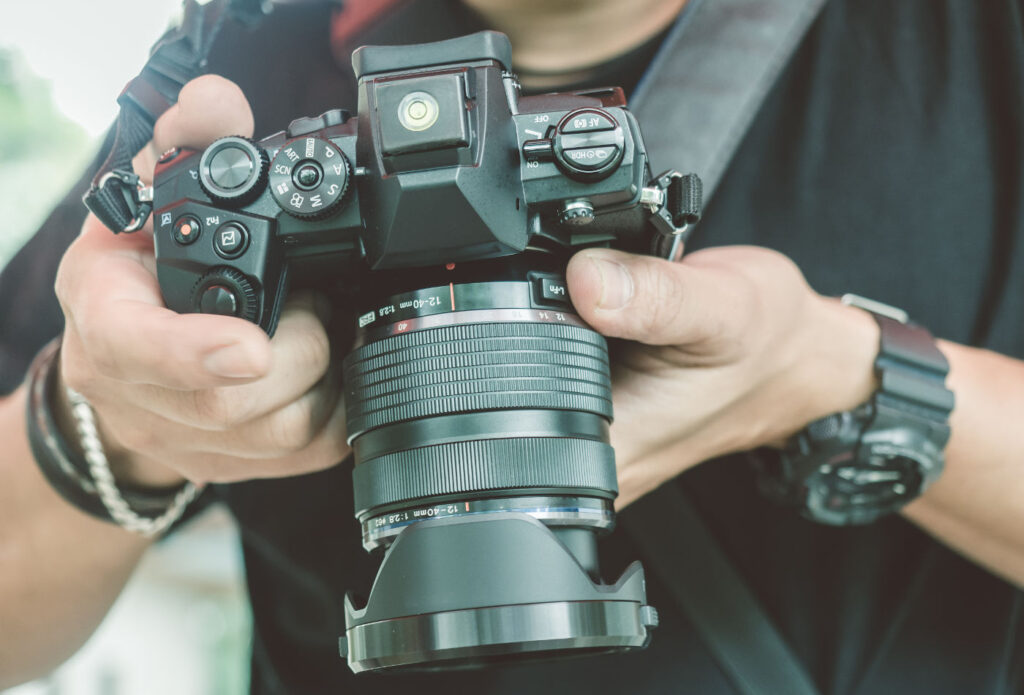
DSLR (digital single-lens reflex)
As digital technology advanced, DSLR cameras gained popularity due to their superior image quality and flexibility in manual settings. These DSLR cameras use a mirror system that allows users to view directly through the lens while capturing an image.
- Pros: High-quality images, interchangeable lenses, manual control over settings, and excellent performance in low light.
- Cons: Bulky and expensive compared to compact cameras.
Medium Format Cameras
An advancement from the compact and DSLR cameras, medium format cameras have a larger sensor size that produces higher quality images with more detail and depth. These are commonly used in professional photography for fashion, portraits, and landscapes.
- Pros: Medium format cameras have superior image quality, ideal for studio and outdoor photography.
- Cons: Expensive, bulky and not suitable for everyday use.
Mirrorless Cameras
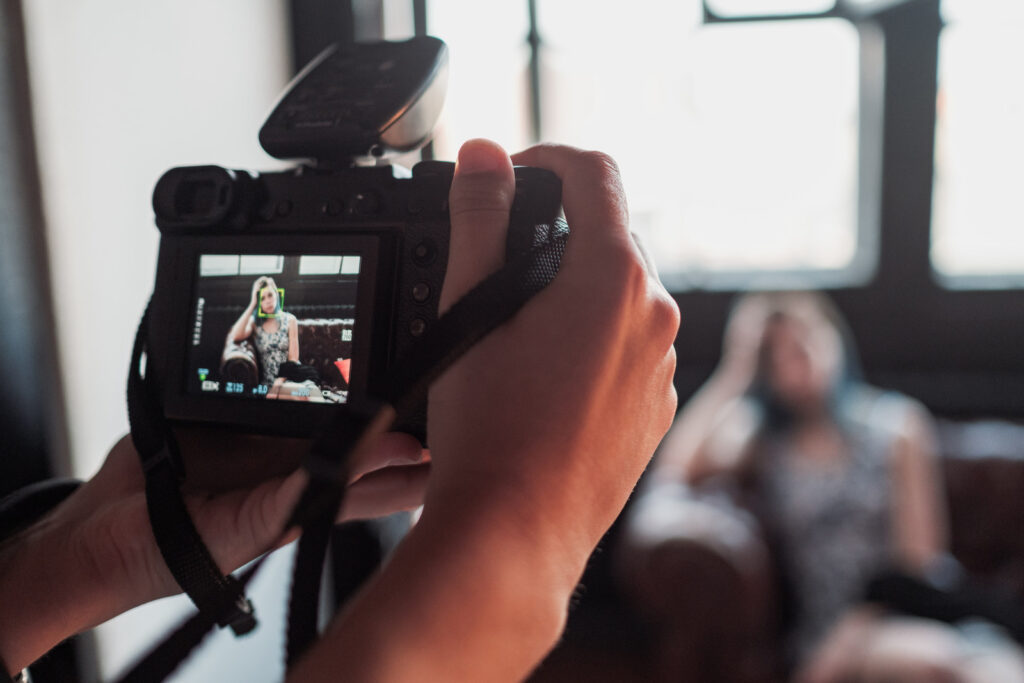
Mirrorless cameras are fast becoming the go-to choice for photographers due to their compact camera body size and high image quality. Unlike traditional the DSLR camera, these mirrorless cameras do not have a mirror system, making them lighter and quieter while still maintaining image quality.
- Pros: Mirrorless cameras are lightweight and portable, interchangeable lenses, faster autofocus, and similar image quality to DSLR cameras.
- Cons: Limited battery life, fewer lens options compared to DSLRs.
Interchangeable Lens Cameras
The Interchangeable lens camera, including the DSLR camera and mirrorless cameras, give photographers the flexibility of interchangeable lenses based on their specific needs. This allows for a more customized approach to capturing images.
- Pros: Flexibility in lens options, better image quality and control over settings.
- Cons: Expensive and requires additional investment in lenses.
Full Frame Cameras
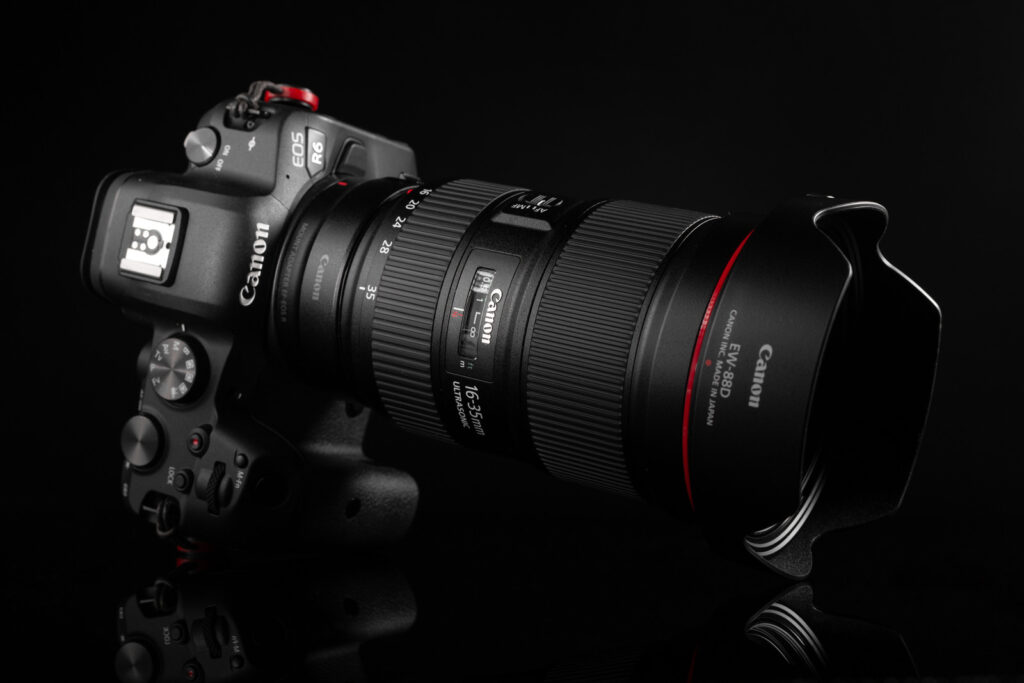
Full-frame cameras have larger sensors compared to smaller APS-C or Micro Four Thirds sensors, resulting in higher quality images with more detail and better performance in low light. These are commonly used by professionals and serious hobbyists.
- Pros: Superior image quality, ideal for film cameras and professional photography.
- Cons: Expensive and bulky.
Bridge Camera
Bridge cameras are a hybrid between the compact point and shoot camera and DSLR camera. They offer manual control options, large zoom ranges, and electronic viewfinders for composing shots.
- Pros: A bridge camera is versatile and compact, with manual control over settings and decent image quality.
- Cons: Limited lens options, a bridge camera is not suitable for professional photography.
Smartphone Cameras
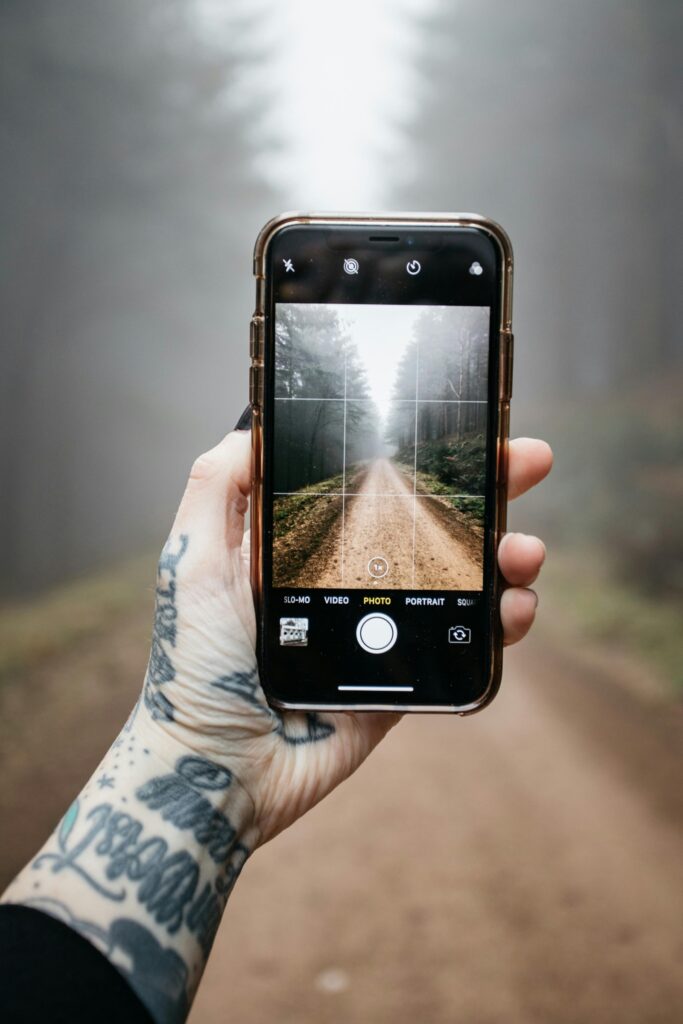
With the rise of smartphones, traditional digital cameras have taken a backseat in everyday photography. With advanced camera features and editing apps, these devices allow us to capture high-quality images with just a few taps on our screens.
- Pros: Convenient, always available, and easy to use.
- Cons: Limited manual control over settings, lower image quality compared to dedicated cameras.
The Future of the Digital Camera
As technology continues to advance, so do the capabilities of digital cameras. With advancements in artificial intelligence and virtual reality, we can expect to see even more innovative features in future camera models.
From ancient pinhole cameras to today’s advanced compact cameras and dslr cameras, the evolution of cameras has truly been a journey through time. No matter what type of camera we use, one thing remains constant: they allow us to capture and preserve memories that will last a lifetime. So whether you’re a professional photographer or simply capturing everyday moments, embrace the technology and continue creating visual stories for generations to come.
Things to look for when deciding which Camera is best for you:
- Image quality: Look for cameras with high megapixel counts and good low light performance.
- Size and portability: Consider how often you will be carrying the camera around and choose a size that best fits your lifestyle.
- Manual controls: If you want more control over your images, look for cameras with manual settings such as aperture, shutter speed, and ISO.
- Lens options: Determine what type of photography you will be doing and choose a camera with interchangeable lenses if needed.
- Budget: Cameras come in various price ranges, so determine a budget beforehand and research models within that range.
Conclusion: A Never-Ending Journey of Innovation
From simple pinhole cameras to sophisticated smartphones, the evolution of cameras is an ongoing journey fuelled by constant innovation and advancements in technology. As we continue to capture moments through these devices, it’s important to appreciate their rich history and
No Comments yet!